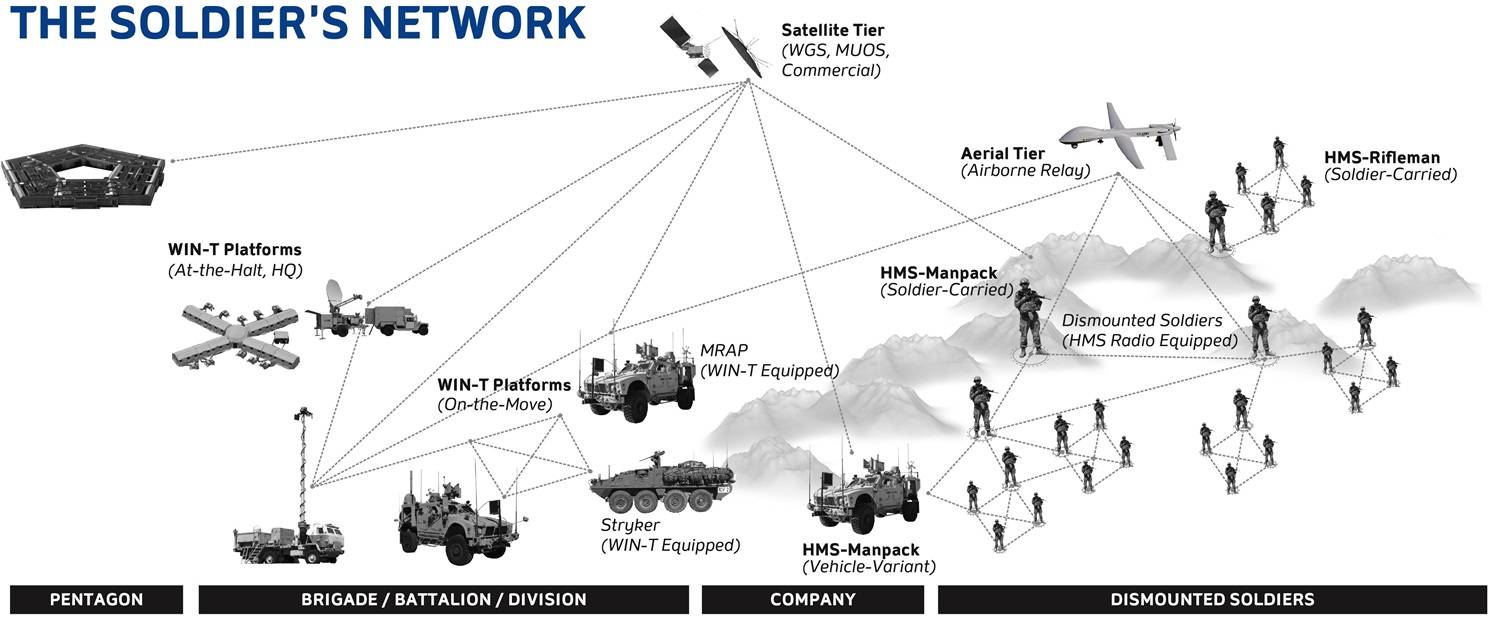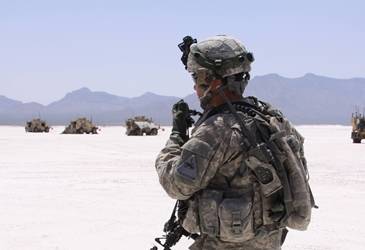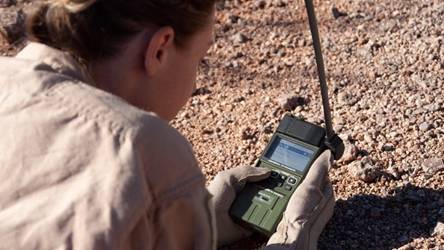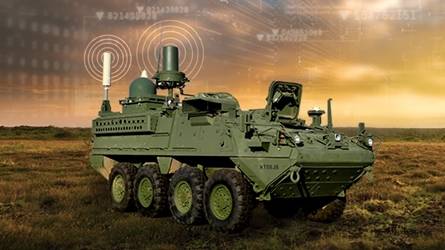Warfighter Information Network-Tactical (WIN-T)
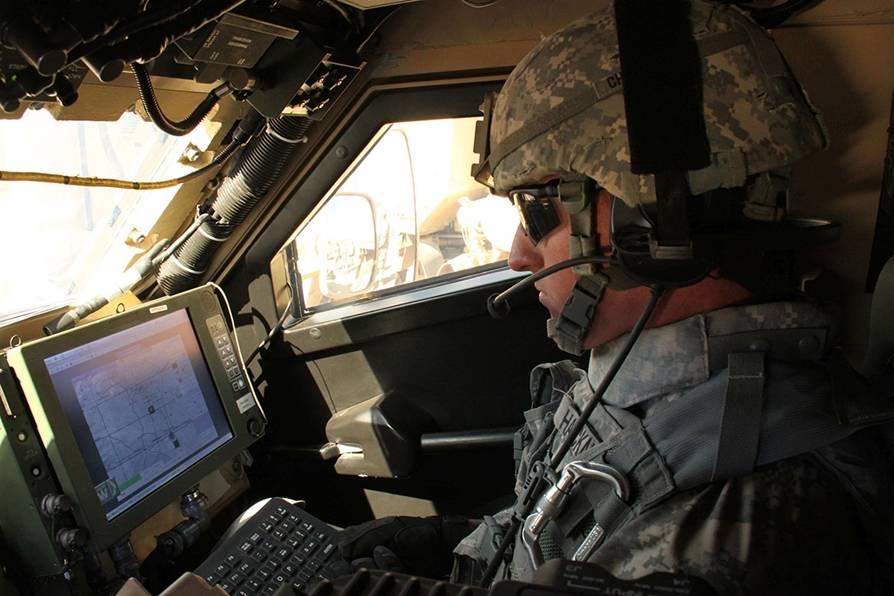
The Backbone of The U.S. Army's Tactical Network
Today’s soldiers expect to have network access anywhere, anytime. With the General Dynamics-built Warfighter Information Network-Tactical (WIN-T), commanders can communicate via the Integrated Tactical Network (ITN) on-the-move and soldiers can have their voices heard, their texts received and their location displayed on a map.
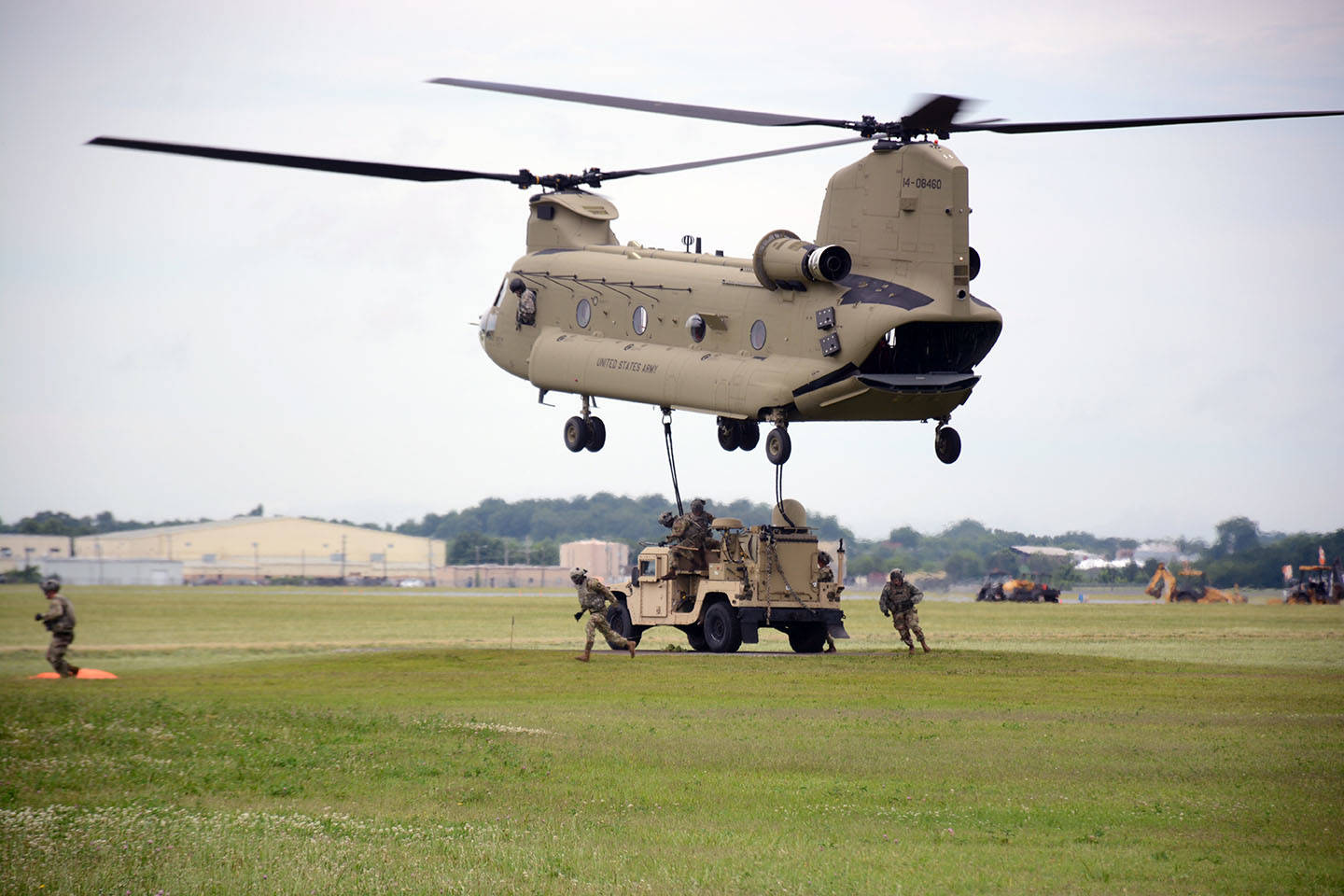
Like most Americans’ home Internet connections, the Integrated Tactical Network (ITN) provides U.S. Army soldiers on-the-move connectivity with secure high speed, high-capacity voice and data communications and the ability to network in the most remote environments.
The ITN is the U.S. Army’s tactical network backbone, providing secure voice and data communications for soldiers on the battlefield without fixed infrastructure. By connecting soldiers with their commanders, the ITN is changing the way the U.S. Army fights by providing life-saving information on-the-move, anywhere in the world. The ITN enables soldiers to:
- Stream real-time video over the network
- View a topographical map of friendly forces
- Send texts requesting medical assistance
- Digitally call for artillery support
As technology continues to advance, General Dynamics is upgrading the ITN by making it smaller, more powerful, and easier to use. This allows the U.S. Army’s expeditionary force of today and tomorrow to remain connected and accomplish their missions.
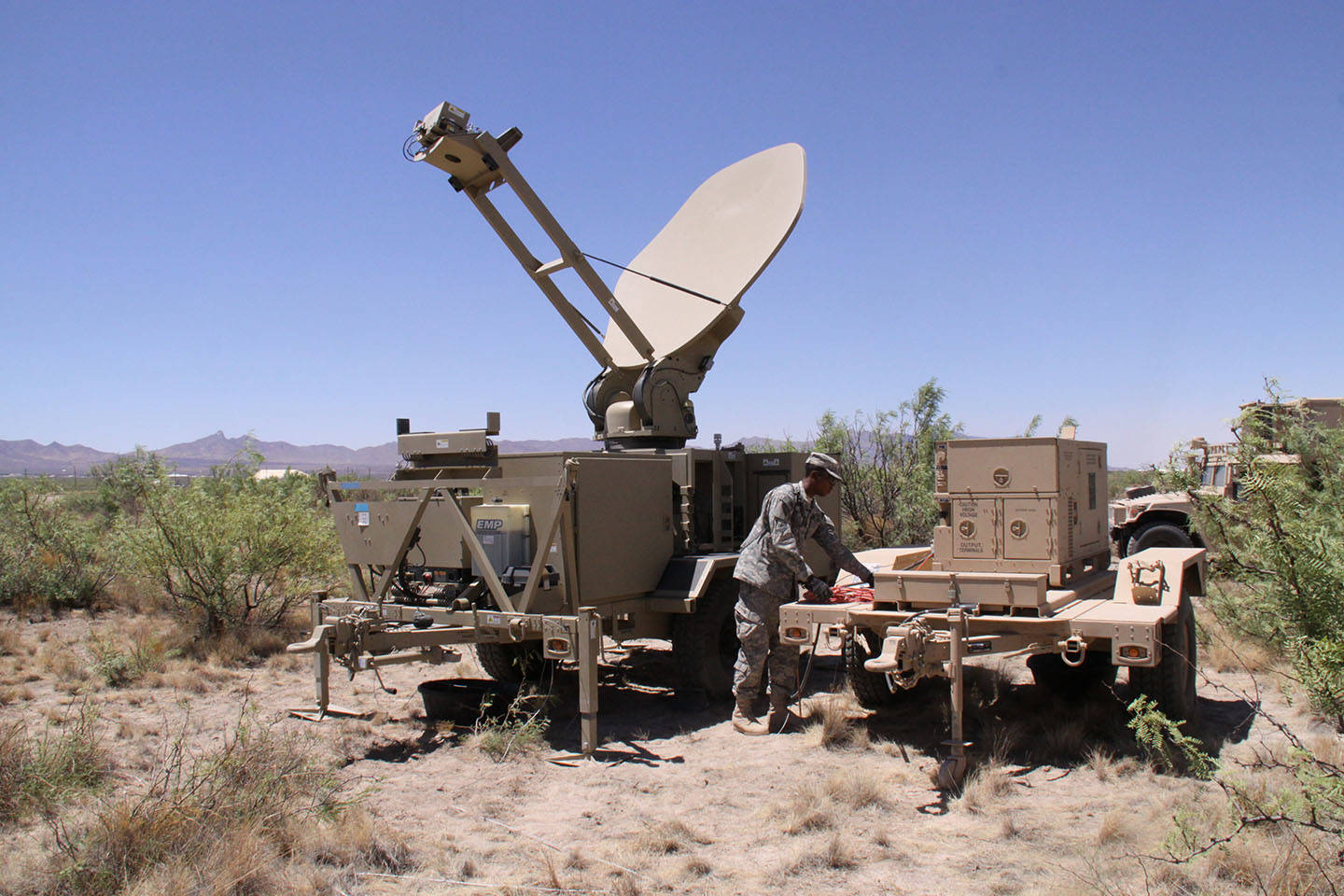
WIN-T Increment 1: Communications At-The-Halt
Originally known as the Joint Network Node Network (JNN-N) program, WIN-T Increment 1 (Inc. 1) began fielding in 2004 to support combat missions during Operation Enduring Freedom and Operation Iraqi Freedom.
With WIN-T Inc. 1, for the first time in history, the soldiers on the battlefield had a high-speed, interoperable voice and data communications network at the battalion level.
Fielding of WIN-T Inc. 1 was completed in June 2012 and is currently in use by soldiers in the Army, National Guard and Army Reserves.
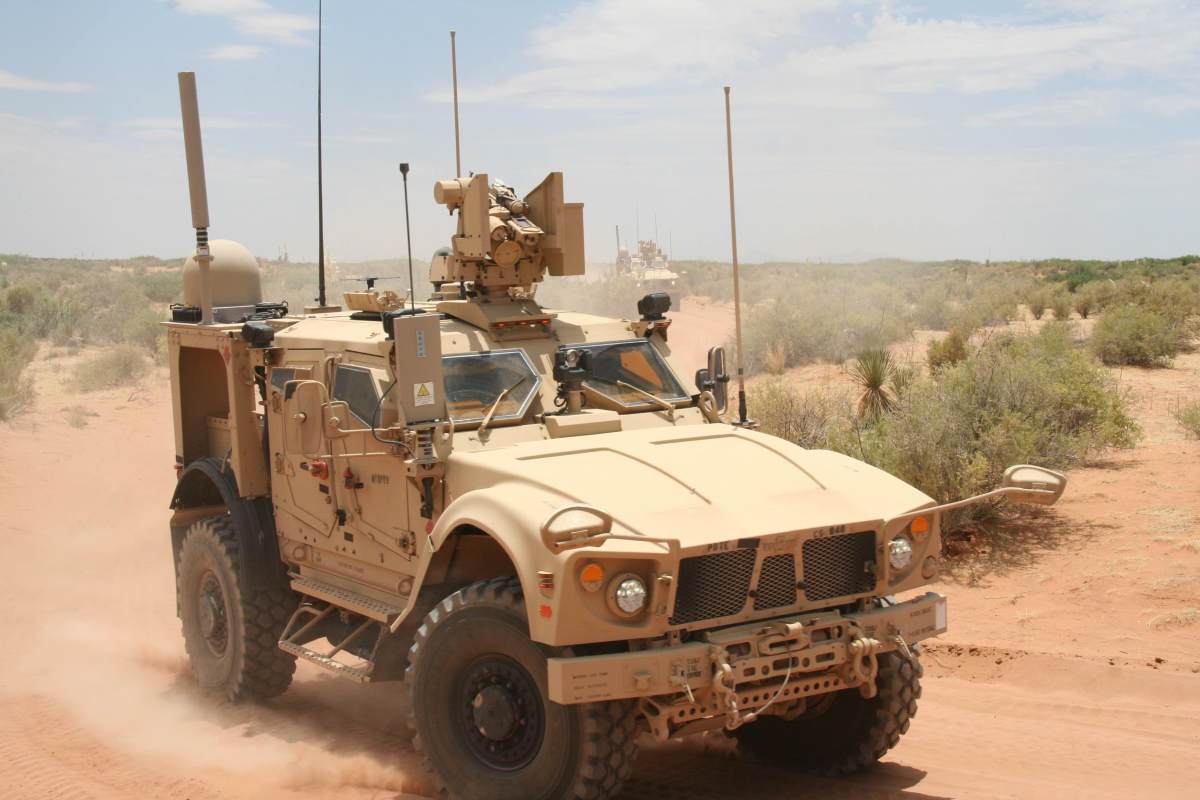
WIN-T Increment 2: Communications On-The-Move
The Army's 10th Mountain Division was the first to field WIN-T Inc. 2 new capabilities when they deployed for Afghanistan in July 2013. WIN-T Inc. 2's unique value was immediately recognized, as it provided soldiers with communications even as fixed infrastructure was removed.
The Tactical Communication Nodes in Inc. 2 took the first step in providing a mobile infrastructure on the battlefield. This includes mobile Point Of Presence systems (installed on select vehicles at battalion levels and above, which include four companies of up to 200 soldiers and about 10 to 30 vehicles each), vehicle wireless packages, and the Soldier Network Extension (for Company-level connectivity).
Increment 2 enables mission command from brigade to division to company through a completely ad-hoc, self-forming network. Commanders and select staff now have the ability to maneuver anywhere on the battlefield and maintain connectivity to the network, without the need to stop and set up communications, making them vulnerable to attack.
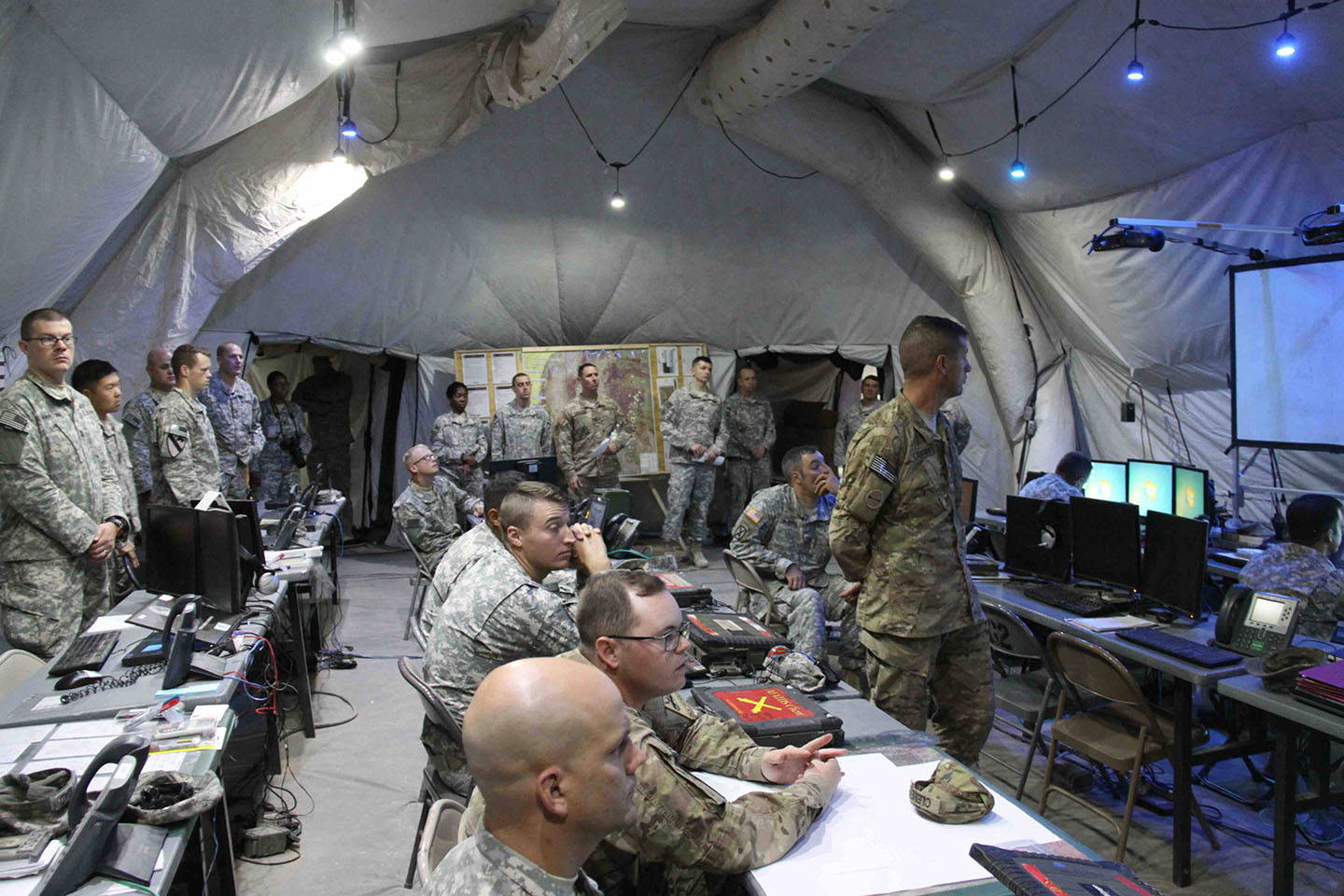
Cybersecurity: Defending the Soldier’s Network
Cybersecurity and anti-jam capabilities are a critical part of the ITN. With the amount of voice and data information that can now flow between soldiers on the ground to commanders at higher echelons, protecting and defending the integrity of the network is a paramount concern.
This is why General Dynamics’ heritage in data security is essential for its part in developing the ITN. We respond to new challenges and upgrade the network’s defenses on an ongoing basis as security challenges develop over time.
